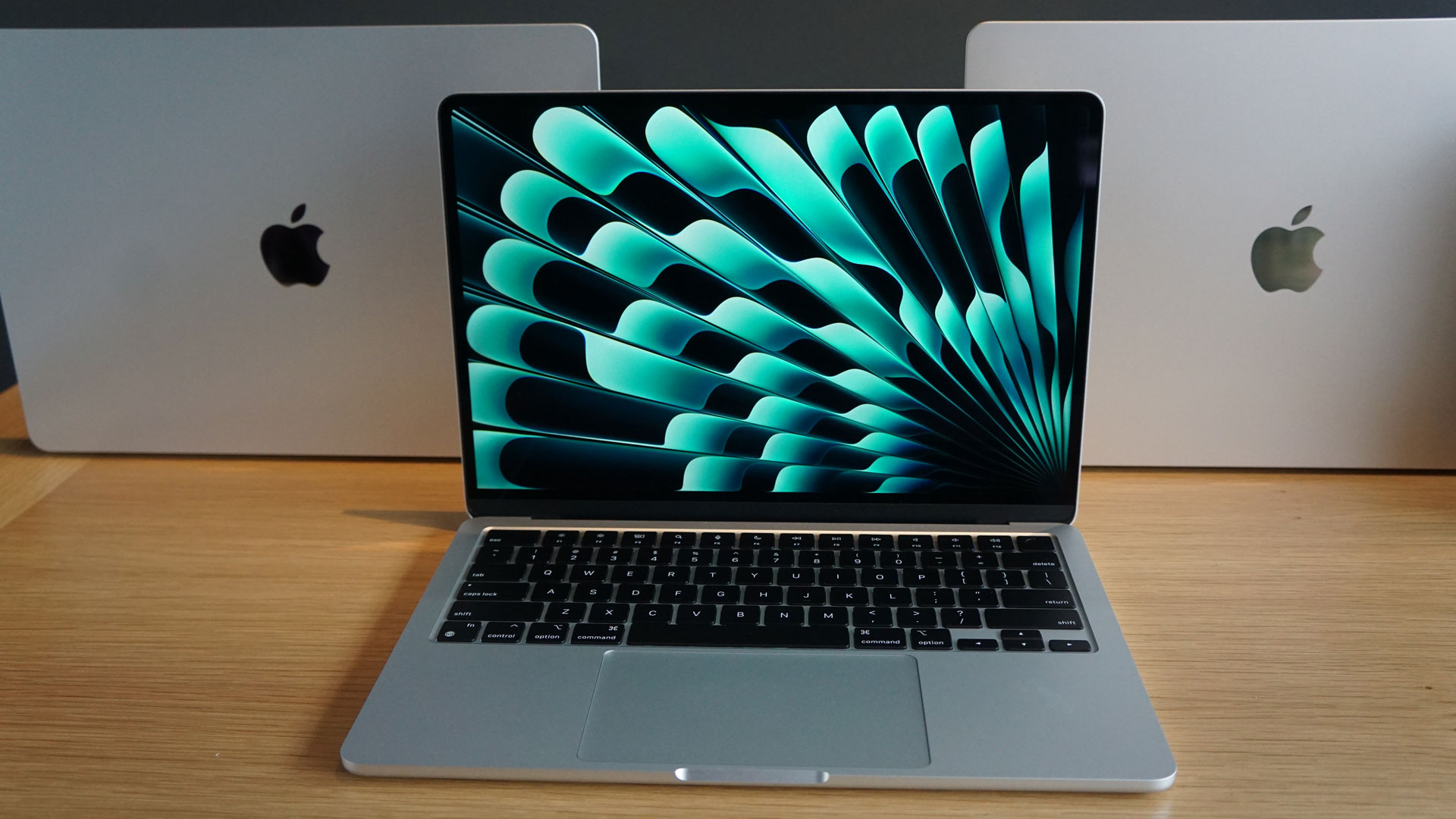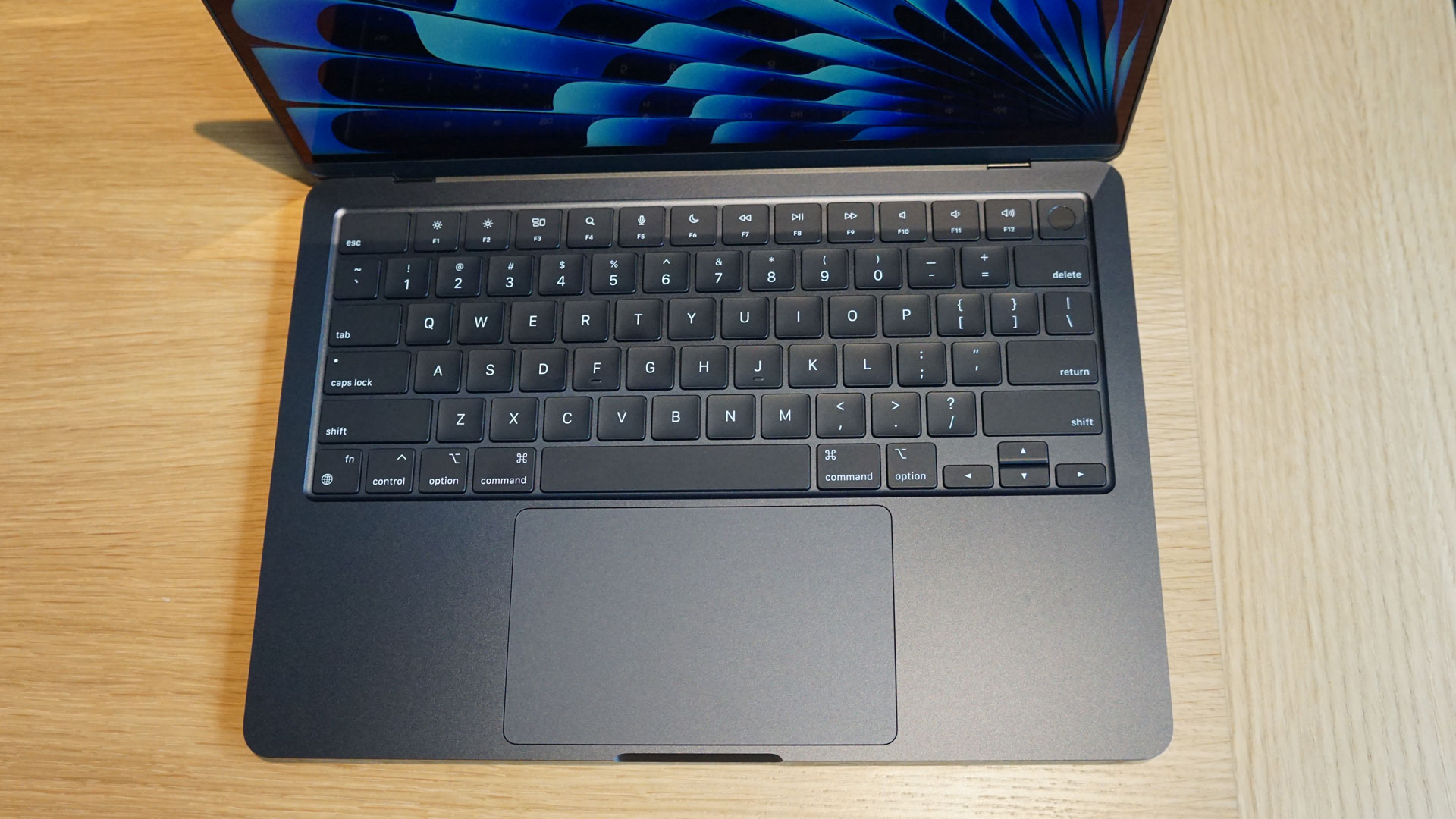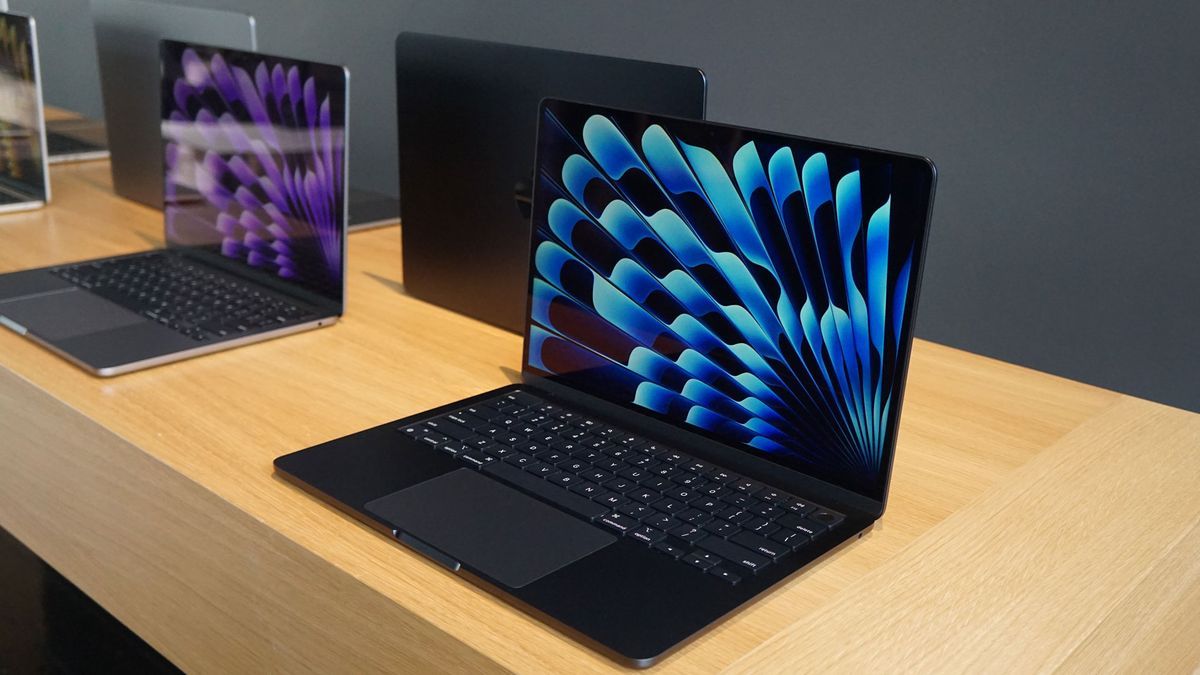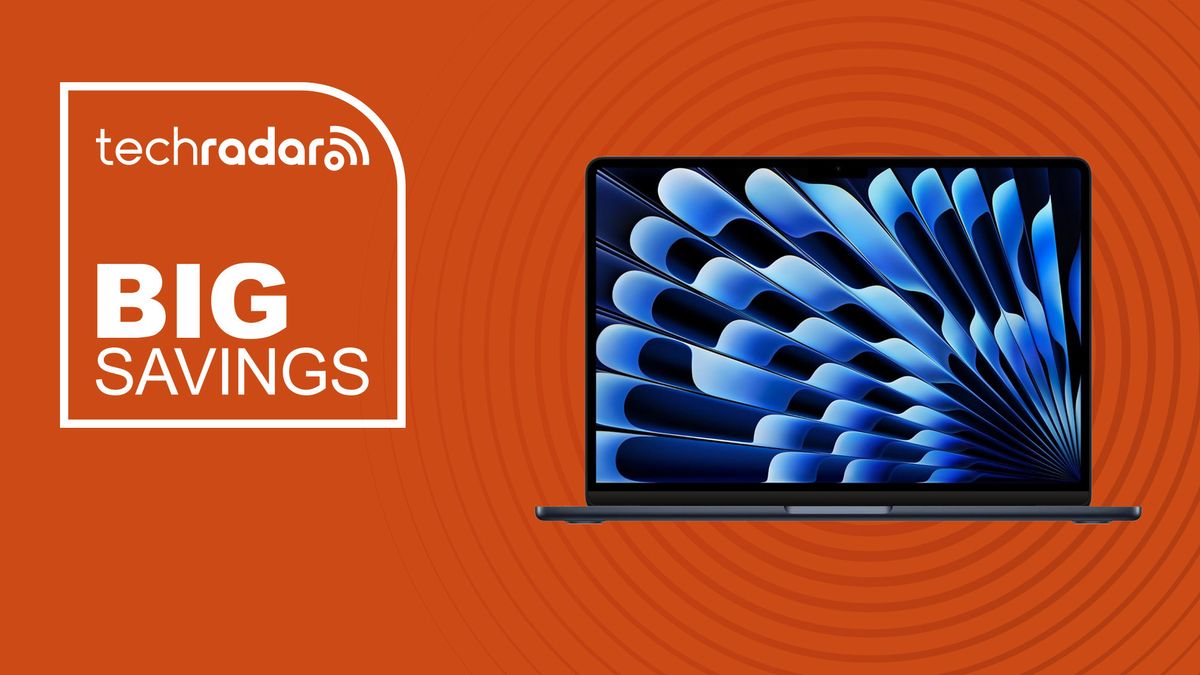Lost amid the current hubbub over a pair of new M3 MacBook Air laptops was a not-so-subtle change in product messaging that may mark Apple's official entry into the race to build an AI PC.
In the press release about the new 13-inch and 15-inch MacBook Air ultraportables powered by Apple's latest silicon, two paragraphs were dedicated to claiming that the MacBook Air is the “World's Best Consumer Laptop for AI.” Now, if you weren't following the computer industry like I do, you might have chalked this up to some oddly specific boast or hyperbole on Apple's part. Although I see it a little differently.
First, a little history. Until 2020, virtually all of Apple's new Macs, including MacBook Airs, ran Intel CPUs. That year, Apple announced its intention to build its own chips, and ultimately replace all Intel CPUs, with its custom system on a chip (SoC) that became known as Apple Silicon. The first such chip, the M1, arrived in the much-loved M1 MacBook Air (now discontinued).
The march of silicon
Apple finally made good on its promise and, through multiple iterations and updates, eventually replaced all Intel silicon with its own. Intel still owns most of the Windows PC world, but in some ways, Apple is seen as the system innovator, creating SoCs that run faster and more efficiently than anything Intel can produce.
Intel's big plan to counter that perception, and excite people looking for other ARM-based solutions that can run Windows as quickly and efficiently as something like Apple silicon would, is to overhaul its entire line of chips with Intel processors. Core Ultra and, more importantly, the “PC AI.”
The AI part comes from the Neural Processing Unit or NPU which will be paired with Intel Core Ultras as a sort of AI coprocessor. Intel is supported by virtually every major Windows PC manufacturer and, perhaps most importantly, Microsoft. The Redmond software giant is in the midst of a full-court Copilot press. Generative AI, formerly Bing AI chat, which it created with intelligence from OpenAI, is seemingly everywhere, and on AI-enabled PCs it will appear as a button on the Copilot keyboard.
It's unclear what exactly each of us will do with an “AI PC,” but we'll be talking about these systems throughout the summer and into the back-to-school shopping season in the Northern Hemisphere.
Apple, by some measures, owns only 17% of the PC market. Even if people believe that Apple Silicon is better and macOS is a better platform than Windows, they can't afford to sit back and let Intel and Microsoft innovate and market to even greater heights in the PC market.
We know AI

This brings us back to the “World’s Best Laptop for Consumer AI.” Apple is right, however. It's been doing AI for years, re-adding its first neural engine in the iPhone 8, courtesy of the A11 Bionic CPU. You can draw a direct line from this first integrated machine learning system to the M3's 16-core neural engine.
Apple has made no secret of the artificial intelligence capabilities built into its silicon, but it has never put them front and center. That's all changing now.
The company has no choice. Part of Apple's problem is that unlike Microsoft, OpenAI (ChatGPT), and Google (Gemini), Apple doesn't have any generative AI products to speak of. Siri is not generative, it cannot generate poetry, presentations or artwork. This has paralyzed Apple's efforts to appear at the forefront.
However, in the statement, Apple specifically mentions large language models (LLM): “Combined with Apple silicon's unified memory architecture, MacBook Air can also run optimized artificial intelligence models, including large language models ( LLM) and diffusion models for locally generating images with great performance.”
The shape of things to come

Running locally, without the need for potentially less secure or slower cloud support, has always been Apple's AI secret sauce. However, Apple is fully aware that it cannot win this game if it does not enable cloud-based generative AI.
In demos I was shown, I saw the MacBook Air M3 capable of running cloud-based Microsoft CopIlot prompts and local generative tasks with apps like Luminar Neo, which can take a blurry night photo and add generative information to make the image usable. . In both cases, their performance seemed almost instantaneous and easily as good as what you would get with cloud-based generative AI.
However, the point of showing these apps and making these pronouncements is not just to tell the world that Apple also makes Gen AI. I think it's preparing us for what's to come.
It's not just about new products and press releases. Apple CEO Tim Cook now takes almost every opportunity to promise big things in generative AI (remember when he used to talk about “AR”? What a difference a letter makes).
Cook knows that Apple silicon is more than ready for large language models and generative AI for images and text, and we'll see Apple harness all that power starting at WWDC 2024 in June.
That's Apple's message when it comes to AI: you haven't seen anything yet.









